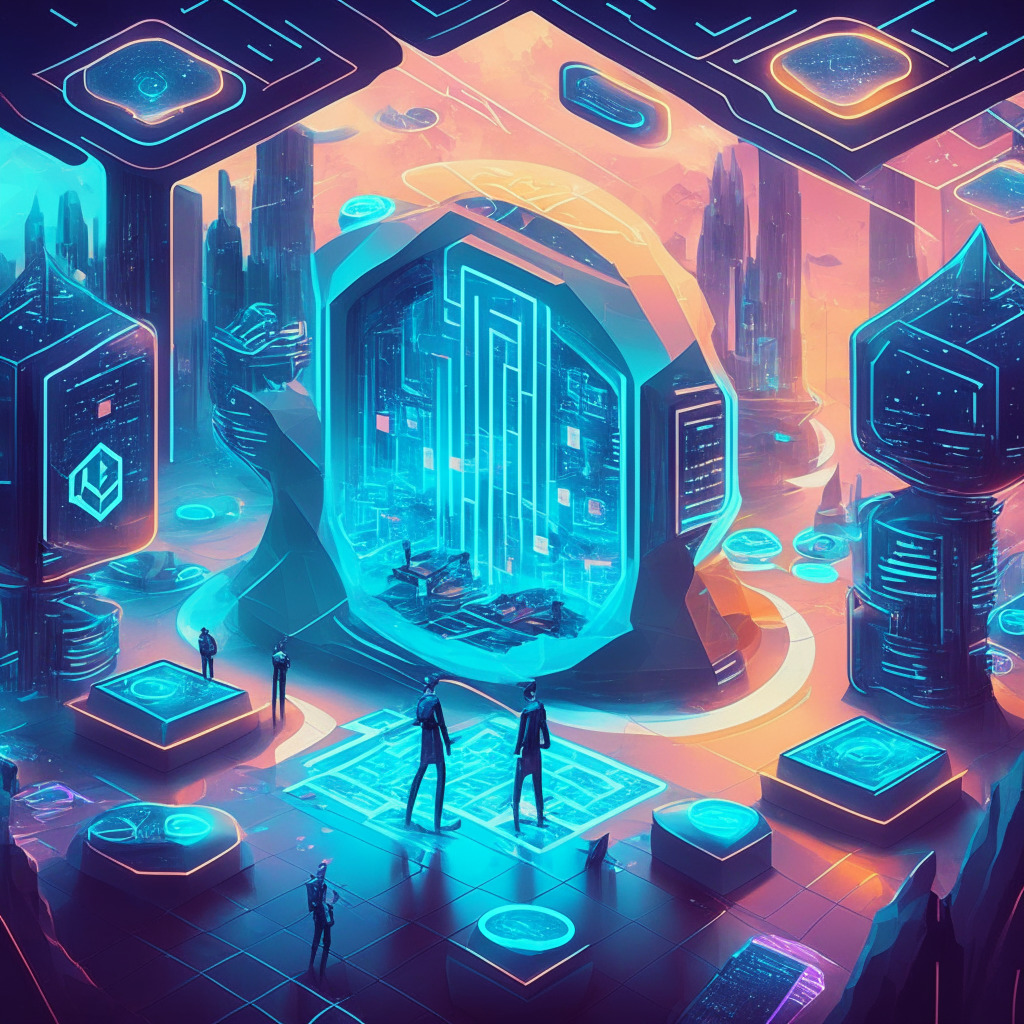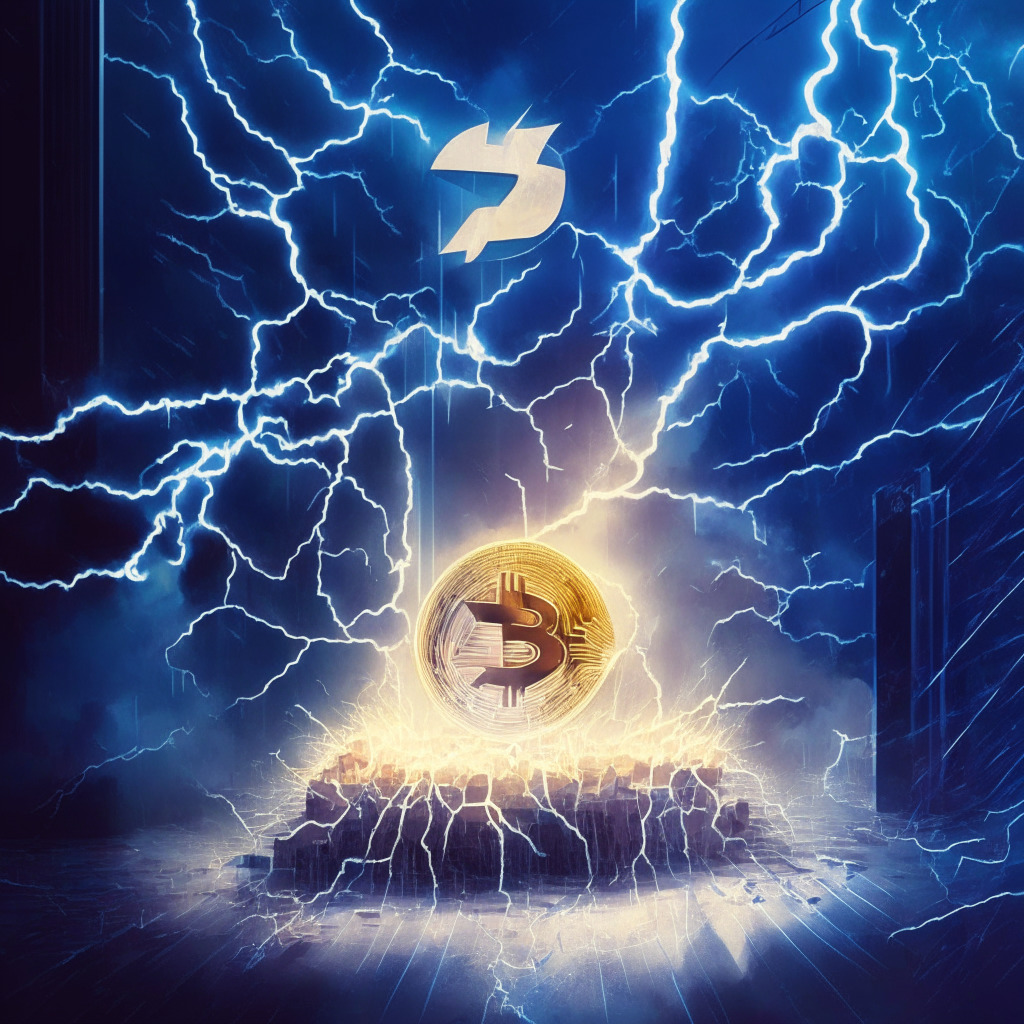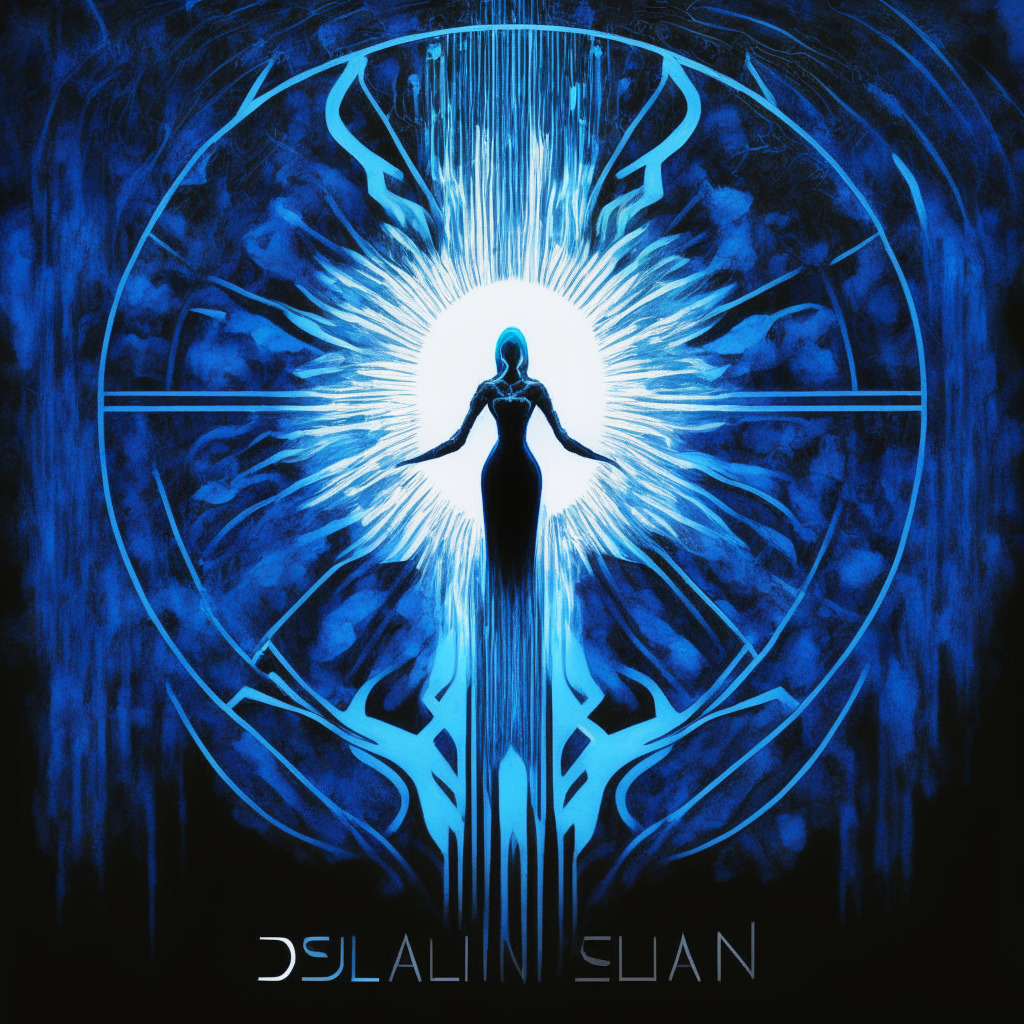Digital asset miners are leaving nothing to chance as they venture into the high-powered technology sector, specifically offering services to artificial intelligence companies. According to a recent report from JP Morgan, this is deemed a calculated move to augment earnings and reduce the reliance on traditional cryptocurrency operations.
Ultimately, these miners are trading their pickaxes for thinking caps, hoping to leverage the ever-growing AI industry. Leading the pack in this transition are Bitcoin (BTC) miners, but Ethereum (ETH) miners aren’t trailing too far behind. The recent Ethereum Merge, wherein the network transitioned to a Proof-of-Stake blockchain, accelerated this trend. With profits dwindling, miners have been selling their top-tier hardware in the secondary market, leading to an abundance of available equipment and a slight dip in prices.
However, not all miners are jumping ship. Some have opted to keep their gear and mine other Proof-of-Work assets, albeit far less profitably than mining Ether. But with the ballooning demand for high-performance computing—thanks to the rapid rise of AI—these holdouts could yet blaze an improved and more profitable path.
Moreover, certain mining firms have already rebranded to reflect this trend. Examples include Riot Blockchain becoming Riot Platforms and Hive Blockchain Technologies transforming into Hive Digital Technologies. The lure of an additional revenue stream from providing high-performance computing services to AI firms seems too enticing to resist, and early tests suggest it’s a more profitable venture than Bitcoin mining.
The infamous ‘crypto winter’ of 2022 certainly fueled this shift. It marked a record low for digital assets, with BTC and ETH losing over 55% of their values. This scenario pushed miners beyond their limits—some termed it as “miners in the woods”—resulting in selling off their BTC reserves and looking for alternative revenue sources.
Fortunately, this year’s market resurgence is offering miners a lifeline. The strong indications of a potential approval of a spot BTC ETF by the Securities and Exchange Commission (SEC) cast positive ripples across the market.
Nonetheless, JP Morgan sounded a caution note last month, stating that the next Bitcoin halving in 2024 would be a significant stress test for the industry. The event will cut the rewards from 6.25 to 3.125 BTC, effectively increasing Bitcoin’s production cost and reducing miners’ revenues. Therefore, the strategic drift towards offering AI services by digital asset miners is perhaps not just an innovative leap, but a necessary survival play.
Source: Cryptonews




